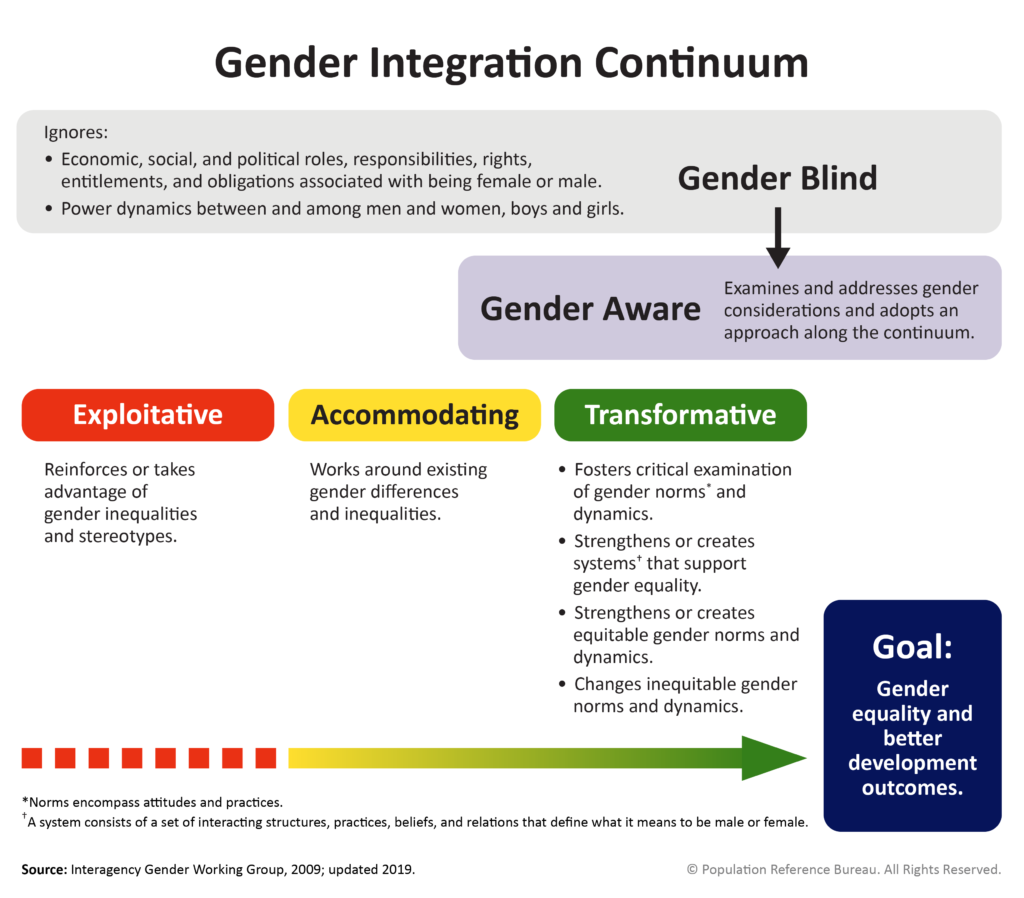Assessment of the Availability, Accessibility, Acceptability, and Quality of Sexual and Reproductive Health and Rights, Gender-Based Violence, and Mental Health and Psychosocial Support Services for Persons with Disabilities in Selected States in Myanmar
The UNFPA in Myanmar commissioned this study to gain an initial insight into the sexual and reproductive health and rights, gender-based violence prevention and response, and mental health and psychosocial support needs of persons with disabilities in the program’s target states in Myanmar. The findings of this assessment informed the formulation of practical recommendations for improving the delivery of services to persons with disabilities in the country.


